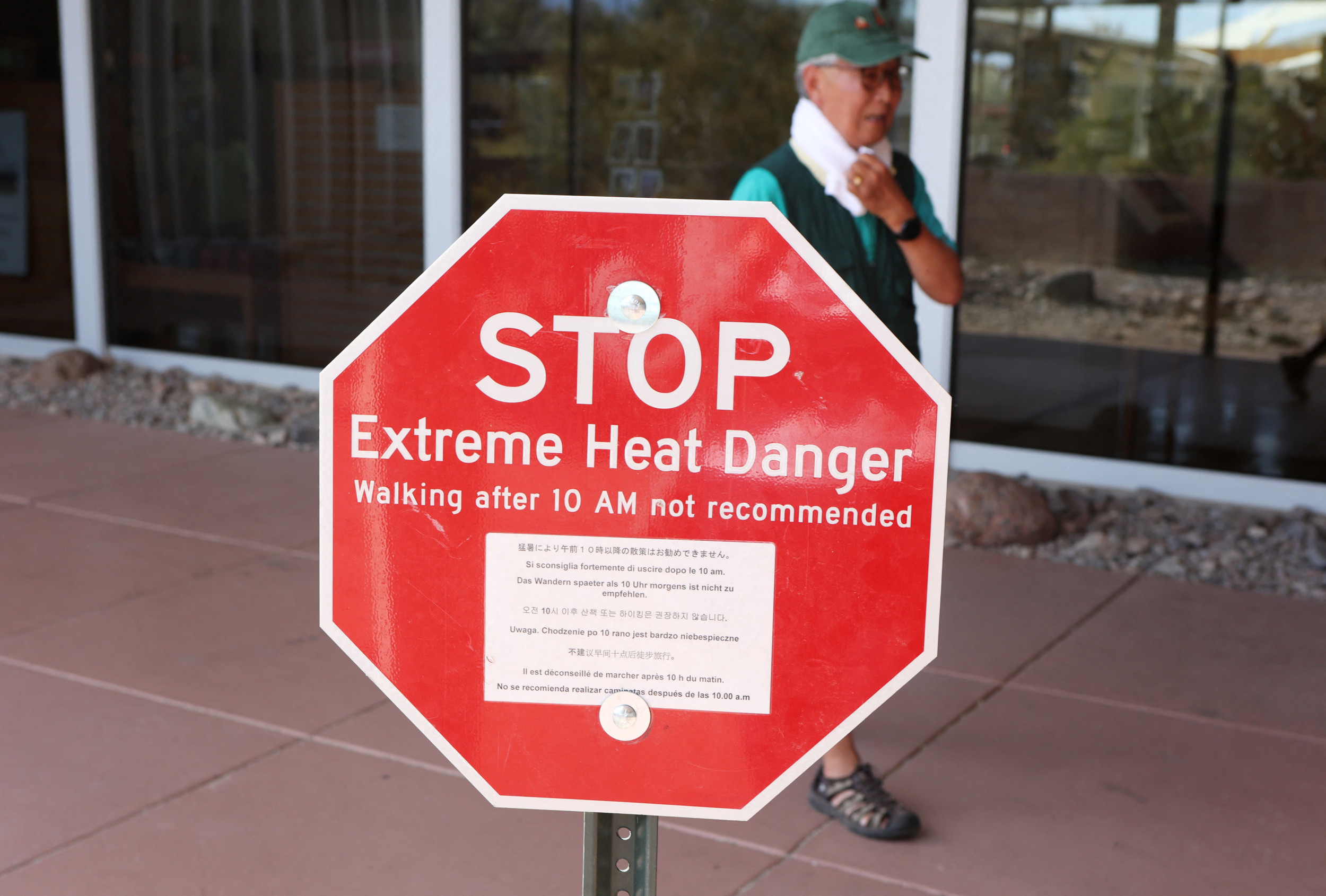Published Jun 05, 2024
By Jess Thomson
Science Reporter
Ariver similar in size to the Rio Grande once dominated West Antarctica, scientists have discovered, offering a rare glimpse of the continent's land that is today covered in ice.
The 900-mile-long waterway is thought to have flowed about 44 to 34 million years ago, shortly before the continent's immensely thick ice sheets began building up.
At that time, after dinosaurs and long before human life, Antarctica had a mild climate and was possibly home to giant penguins, noted study author Cornelia Spiegel, of Germany's University of Bremen. The discovery also implies that West Antarctica was above sea level at that time.
"We found that, before West Antarctica became covered by ice, it was dominated by a large river system, had a temperate climate (the water temperature at the surface of the river during summer was approximately 19°C), and a swampy environment," she told Newsweek via email.
"The river was presumably meandering through a vast coastal plain with boggy swampland along the river banks."
Science Reporter
Ariver similar in size to the Rio Grande once dominated West Antarctica, scientists have discovered, offering a rare glimpse of the continent's land that is today covered in ice.
The 900-mile-long waterway is thought to have flowed about 44 to 34 million years ago, shortly before the continent's immensely thick ice sheets began building up.
At that time, after dinosaurs and long before human life, Antarctica had a mild climate and was possibly home to giant penguins, noted study author Cornelia Spiegel, of Germany's University of Bremen. The discovery also implies that West Antarctica was above sea level at that time.
"We found that, before West Antarctica became covered by ice, it was dominated by a large river system, had a temperate climate (the water temperature at the surface of the river during summer was approximately 19°C), and a swampy environment," she told Newsweek via email.
"The river was presumably meandering through a vast coastal plain with boggy swampland along the river banks."

Map of West Antarctica shows the subglacial topography of the study area, including the likely path the river once followed. Abbreviations: AP, Antarctic Peninsula; AT, Adare Trough; EWM, Ellsworth-Whitmore Mountains; MBL, Marie Byrd Land; MMR,... More AAAS
An international team of scientists discovered this river after analyzing samples from the sandstone rock beneath the Amundsen Sea Embayment, where the West Antarctic Ice Sheet meets the ocean. In this rock, which dates back to the Eocene—a geological period that lasted from about 56 million to 34 million years ago—they found evidence of sediments that originated in the Transantarctic Mountains, implying that they had been washed all the way there by an ancient river.
The researchers also found traces of organic chemicals associated with freshwater bacteria, further supporting the presence of a large river delta in the region. It stretched between the Transantarctic Mountains and the West Antarctic Ice Sheet, and drained into the Amundsen Sea, according to the paper in the journal Science Advances.
An international team of scientists discovered this river after analyzing samples from the sandstone rock beneath the Amundsen Sea Embayment, where the West Antarctic Ice Sheet meets the ocean. In this rock, which dates back to the Eocene—a geological period that lasted from about 56 million to 34 million years ago—they found evidence of sediments that originated in the Transantarctic Mountains, implying that they had been washed all the way there by an ancient river.
The researchers also found traces of organic chemicals associated with freshwater bacteria, further supporting the presence of a large river delta in the region. It stretched between the Transantarctic Mountains and the West Antarctic Ice Sheet, and drained into the Amundsen Sea, according to the paper in the journal Science Advances.
"Our study also shows that West Antarctica was mostly above sea level (today, most of the rocks beneath the ice are situated below sea level), but was at the same time pretty flat. Because of that missing topography, West Antarctica presumably remained free of large glaciers, whereas the mountainous areas of East Antarctica started to freeze over circa 34 million years ago," Spiegel said.
READ MORE Geology

California River Warning Issued During Extreme Heat Wave
What World's Largest Rock Engravings May Mean
Panama Map Shows Sea Level Rise Impact by 2050
Lake Study Solves Arctic 'Spin' Mystery

Stock image of Antarctica. Scientists may have discovered evidence of an ancient river that once crossed the frozen continent. ISTOCK / GETTY IMAGES PLUS
The researchers hope that the discovery of this river will help them better understand the history of Antarctica's geography, and how it became the frozen continent it is today.
"Major Antarctic glaciation initiated at the Eocene-Oligocene transition [when the planet is known to have undergone a period of intense cooling] 34 million years ago, marking one of the most pronounced climate transitions of Phanerozoic times [from 538.8 million years ago to the present]," the researchers wrote.
They added that the reconstruction of Antarctica's conditions before this transition "provides important boundary conditions for understanding the subsequent cooling and onset of glaciation with major consequences for ice sheet modeling."
The researchers hope that the discovery of this river will help them better understand the history of Antarctica's geography, and how it became the frozen continent it is today.
"Major Antarctic glaciation initiated at the Eocene-Oligocene transition [when the planet is known to have undergone a period of intense cooling] 34 million years ago, marking one of the most pronounced climate transitions of Phanerozoic times [from 538.8 million years ago to the present]," the researchers wrote.
They added that the reconstruction of Antarctica's conditions before this transition "provides important boundary conditions for understanding the subsequent cooling and onset of glaciation with major consequences for ice sheet modeling."
No comments:
Post a Comment